
Oooooh, foreshadowing! Also, I REALLY love how the trees in this piece turned out. I picked up a few new Copics in colors I didn’t have recently, including a couple of new greens I am absolutely loving.
Species portrayed: Noble fir (Abies procera)

Oooooh, foreshadowing! Also, I REALLY love how the trees in this piece turned out. I picked up a few new Copics in colors I didn’t have recently, including a couple of new greens I am absolutely loving.
Species portrayed: Noble fir (Abies procera)
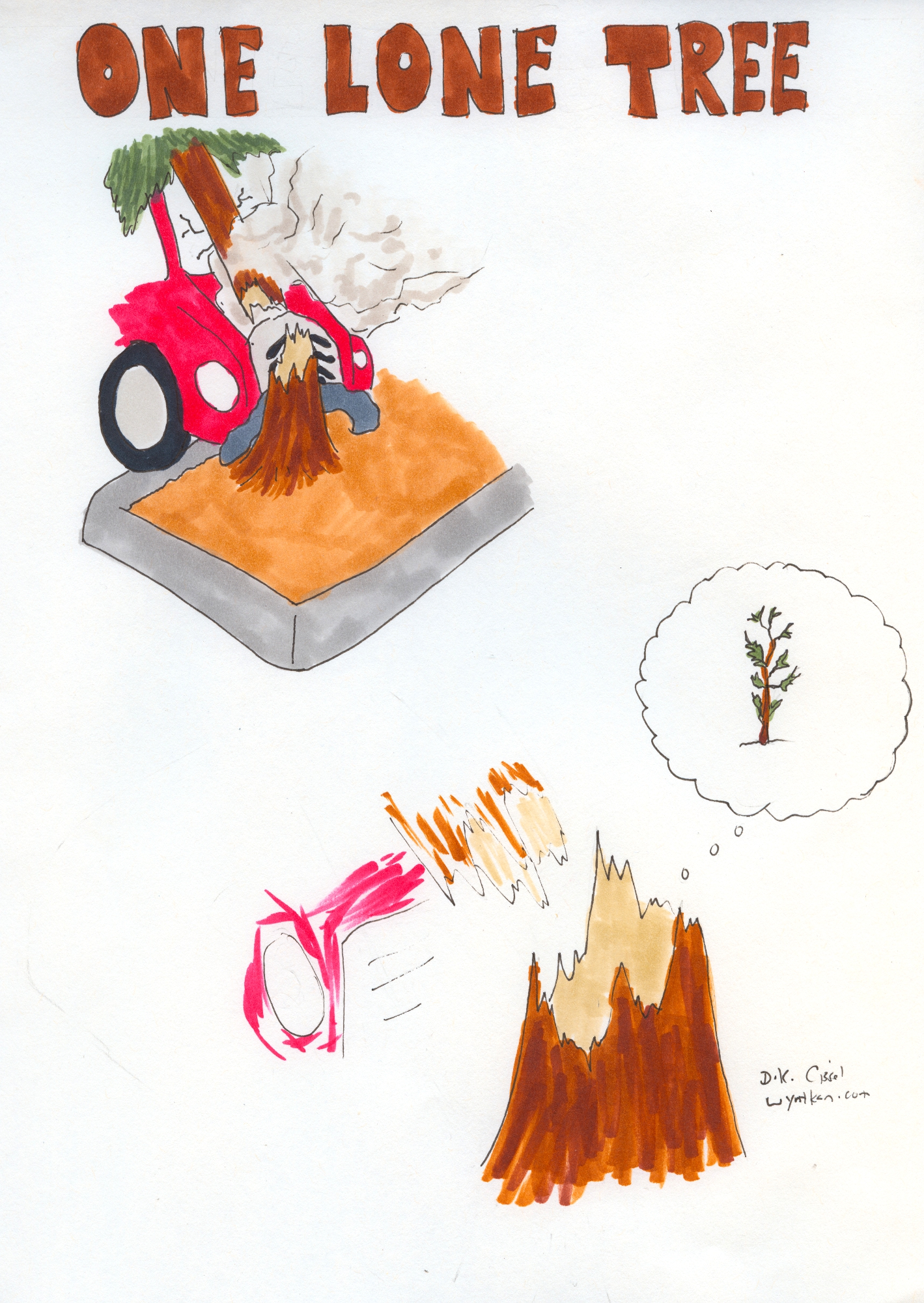


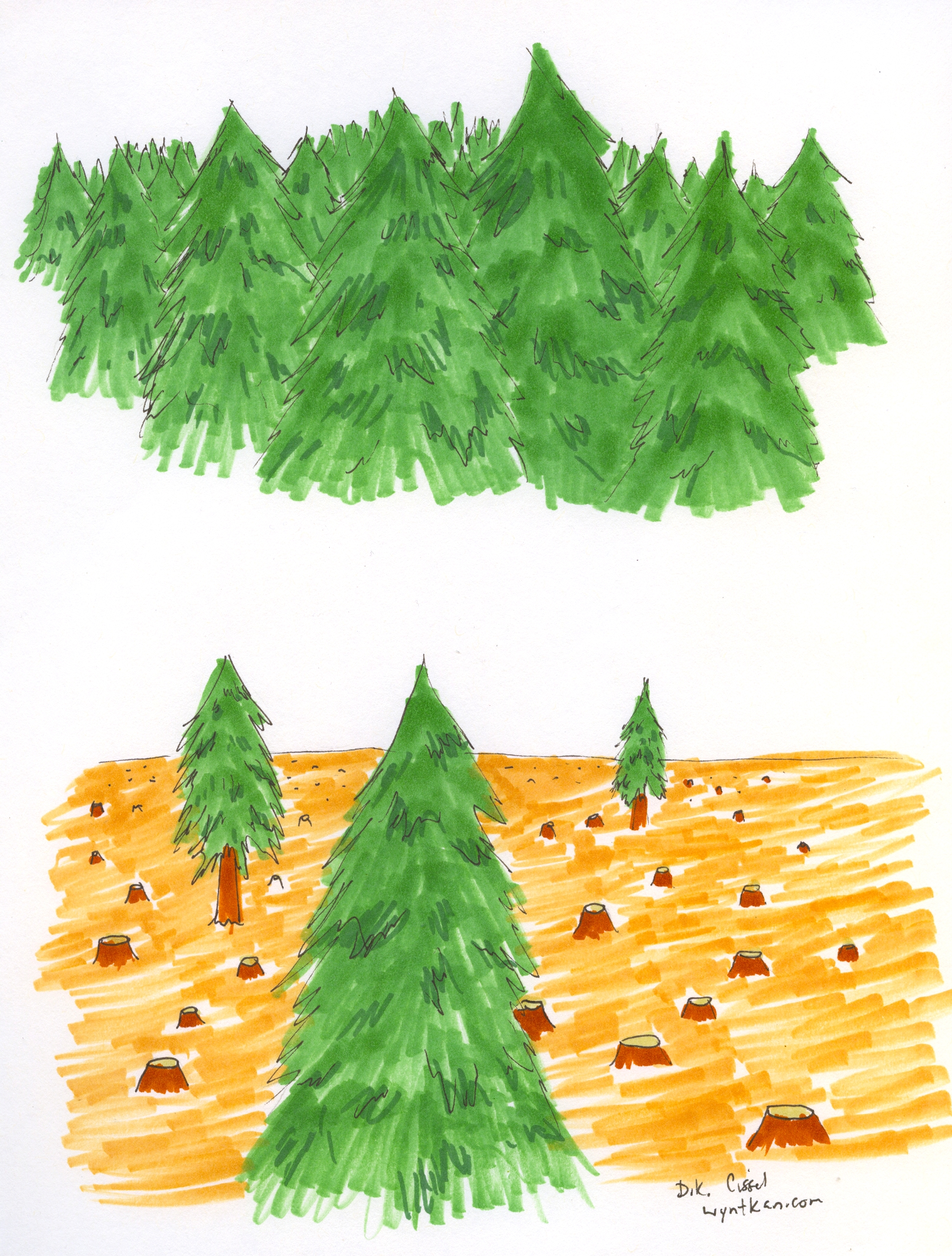
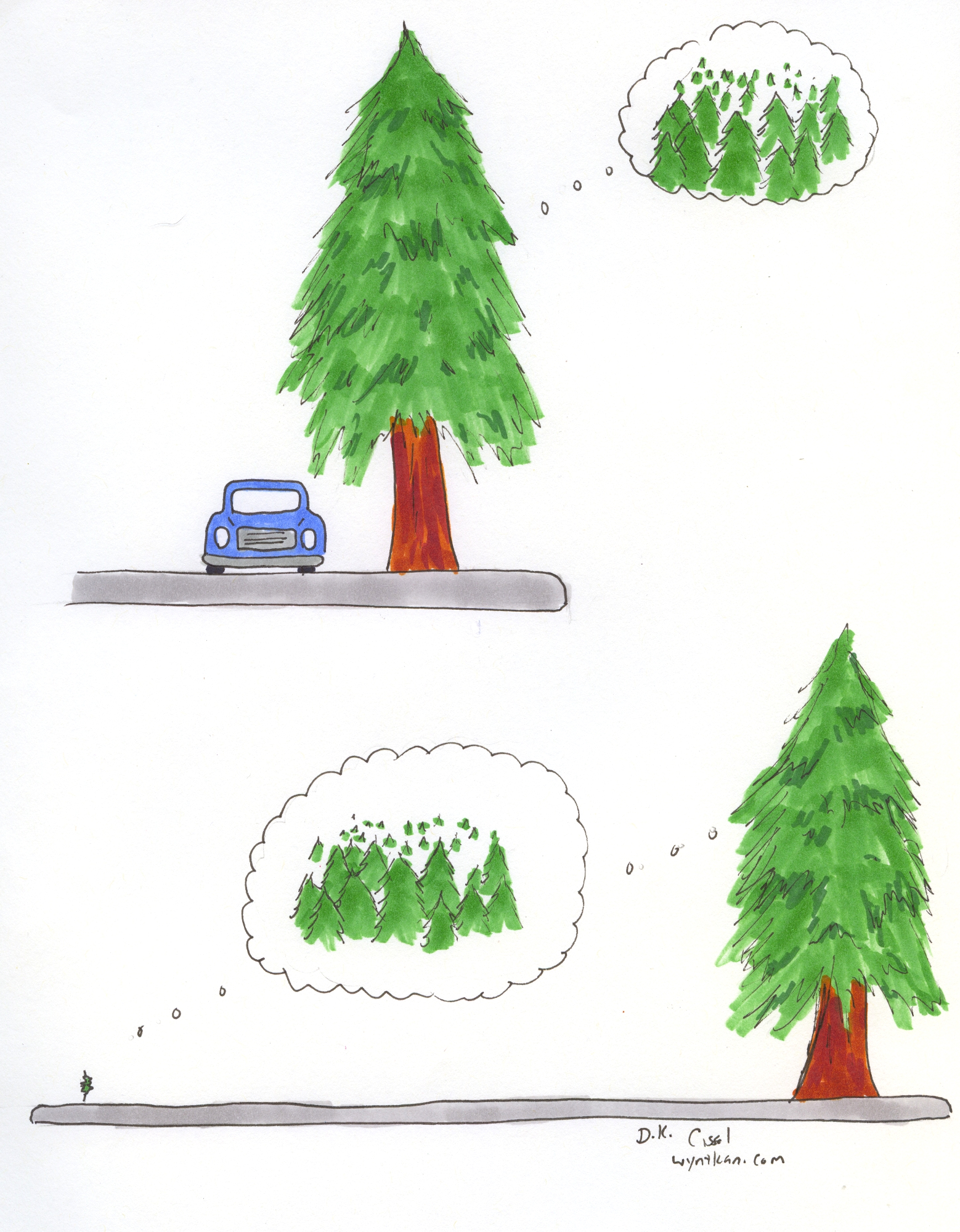
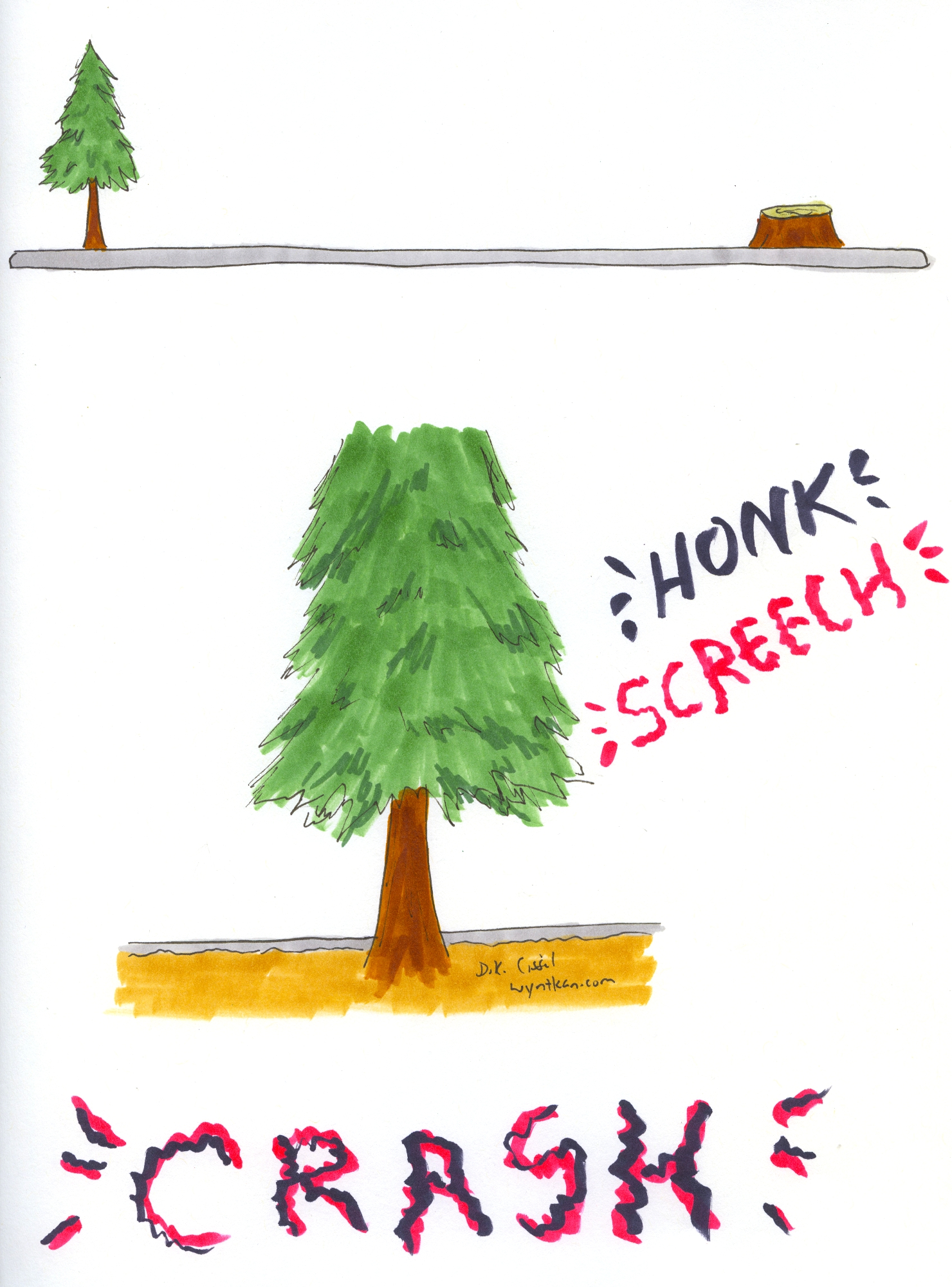

I’d really love feedback on this one. This comic was inspired by a parking lot in Oregon with a couple of sad looking redwood trees corralled in little dusty dividers in a big parking lot by a strip mall. I thought about how these trees would never get to experience being part of a true forest, isolated from others of their kind by many miles of distance, and never drinking in the coastal mist. I decided I wanted to play with (almost) wordless narrative, since dialogue seemed a bit extraneous. I also wanted my drawings to really speak for themselves this time. I know the story is depressing, but it’s meant to make you think about the spaces we live in and that we subject other living beings to in an increasingly fragmented nature.
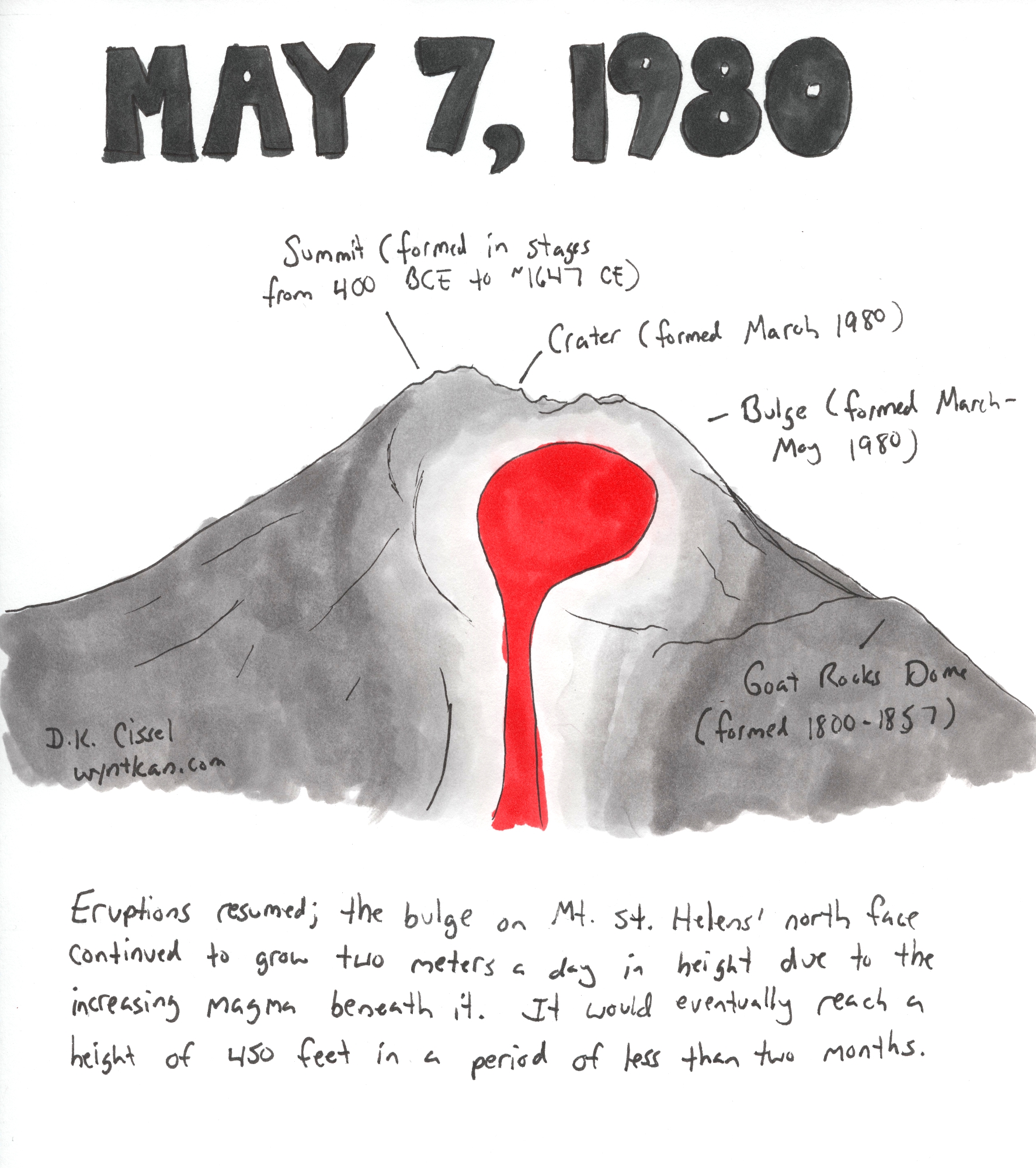
What, you didn’t think I could get through this series without at least one cutaway diagram, did you? Also, I hope you enjoyed seeing the references to other pieces of Mt. St. Helens geologic history. We sometimes forget that geology is always changing, and even mountains aren’t permanent fixtures. The pre-1980 summit and Goat Rocks were both great reminders that the mountain didn’t always look like that, even a handful of generations ago. Granted, the massive change in its silhouette after the 1980 eruption was much more dramatic, but this should serve as a reminder to never take the land for granted.
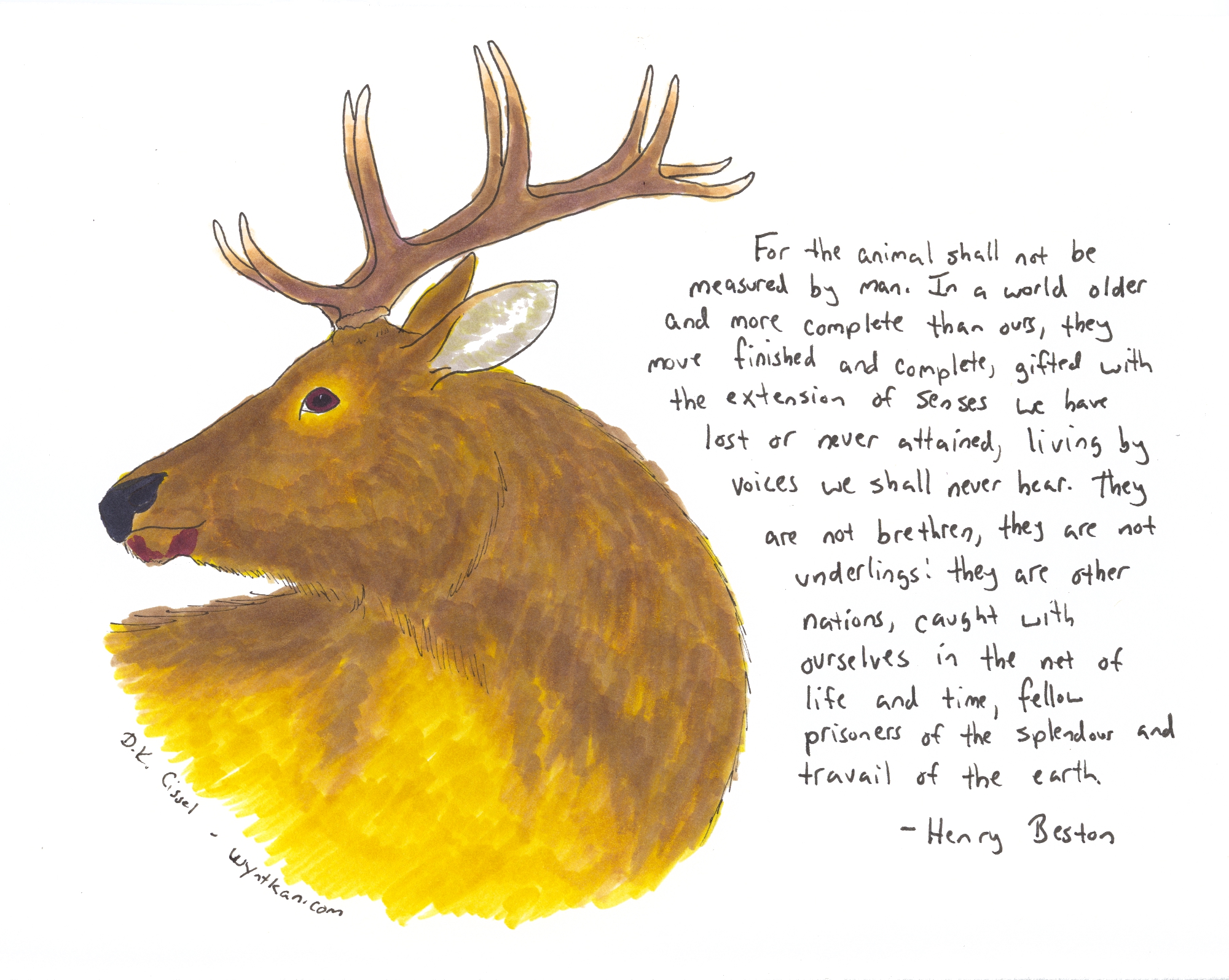
This is my favorite quote from Henry Beston, from his well-known work The Outermost House. Western society tends to see Homo sapiens as being superior to all other life forms, when in fact we are just one of many beautiful, intricate, and ultimately ephemeral species to spend time on this planet. Beston’s quote captures that sentiment for me, and I would be remiss if I didn’t dedicate at least one comic to these words.
I don’t have any particular reason why I chose a Roosevelt elk (Cervus canadensis roosevelti) to go with the quote, other than I just felt like drawing one. I have a tendency to make my long-nosed mammals look too horse- or dog-like, so I wanted to really work on capturing the contours of the elk himself. Maybe someday I’ll be brave enough to try a front-facing view (foreshortening!) but for now, I’m happy with this.
Also, this guy is a sticker (without the text) at my Redbubble store.
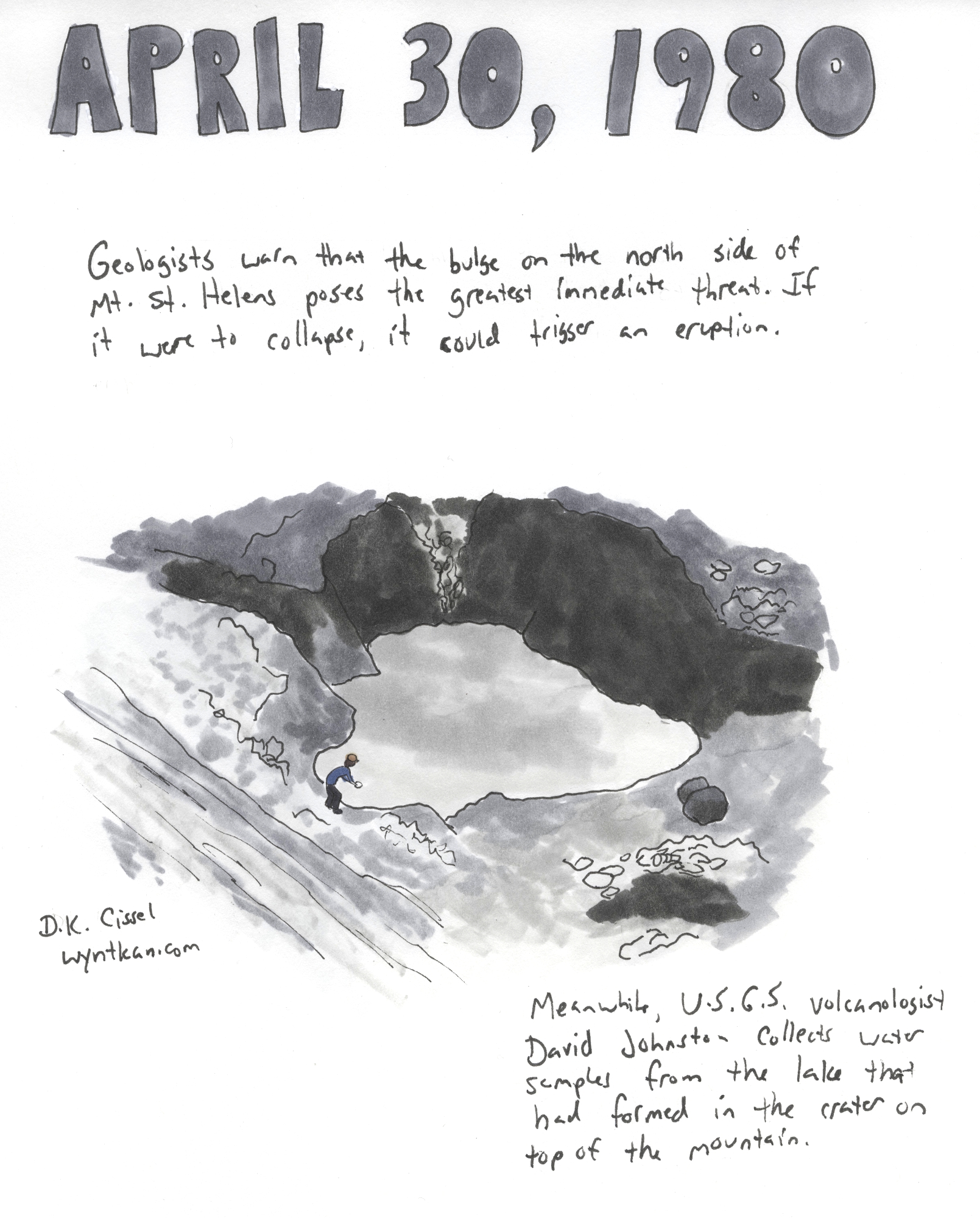
I hope you all have been enjoying this series so far! Things are starting to get really risky in Mt. St. Helens’ history right about now. Stay tuned as I keep highlighting some of the leading up to the big eruption.

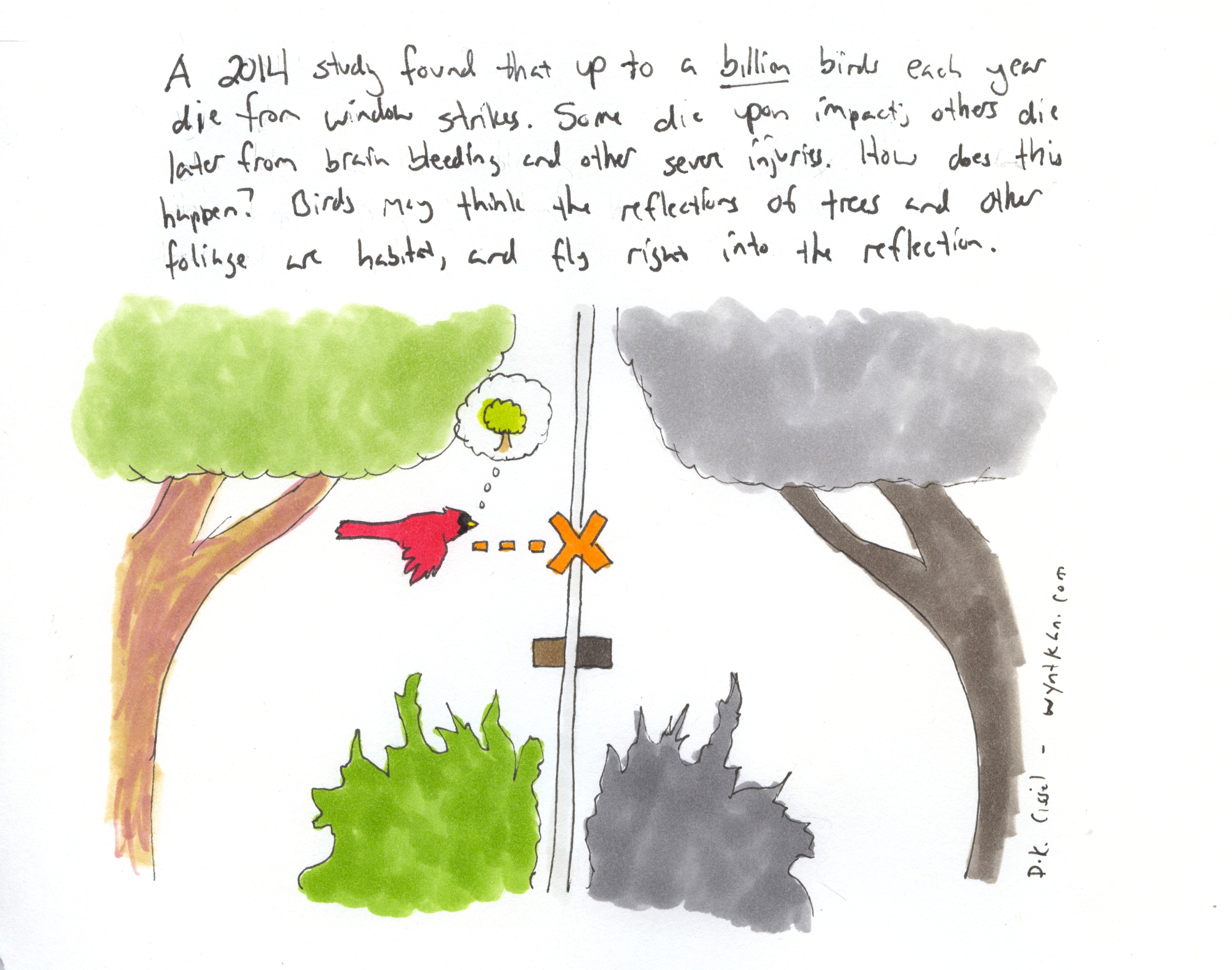

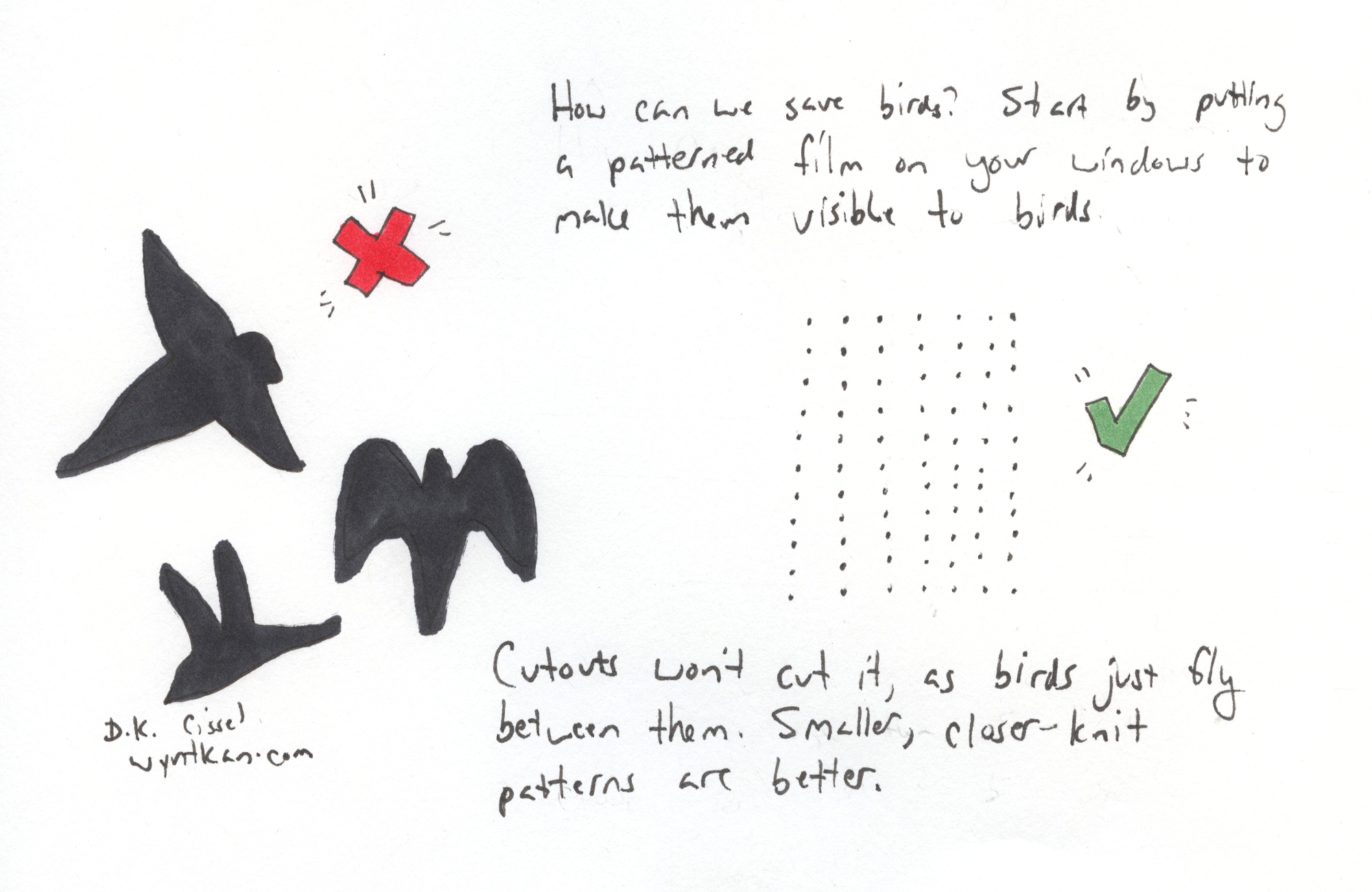
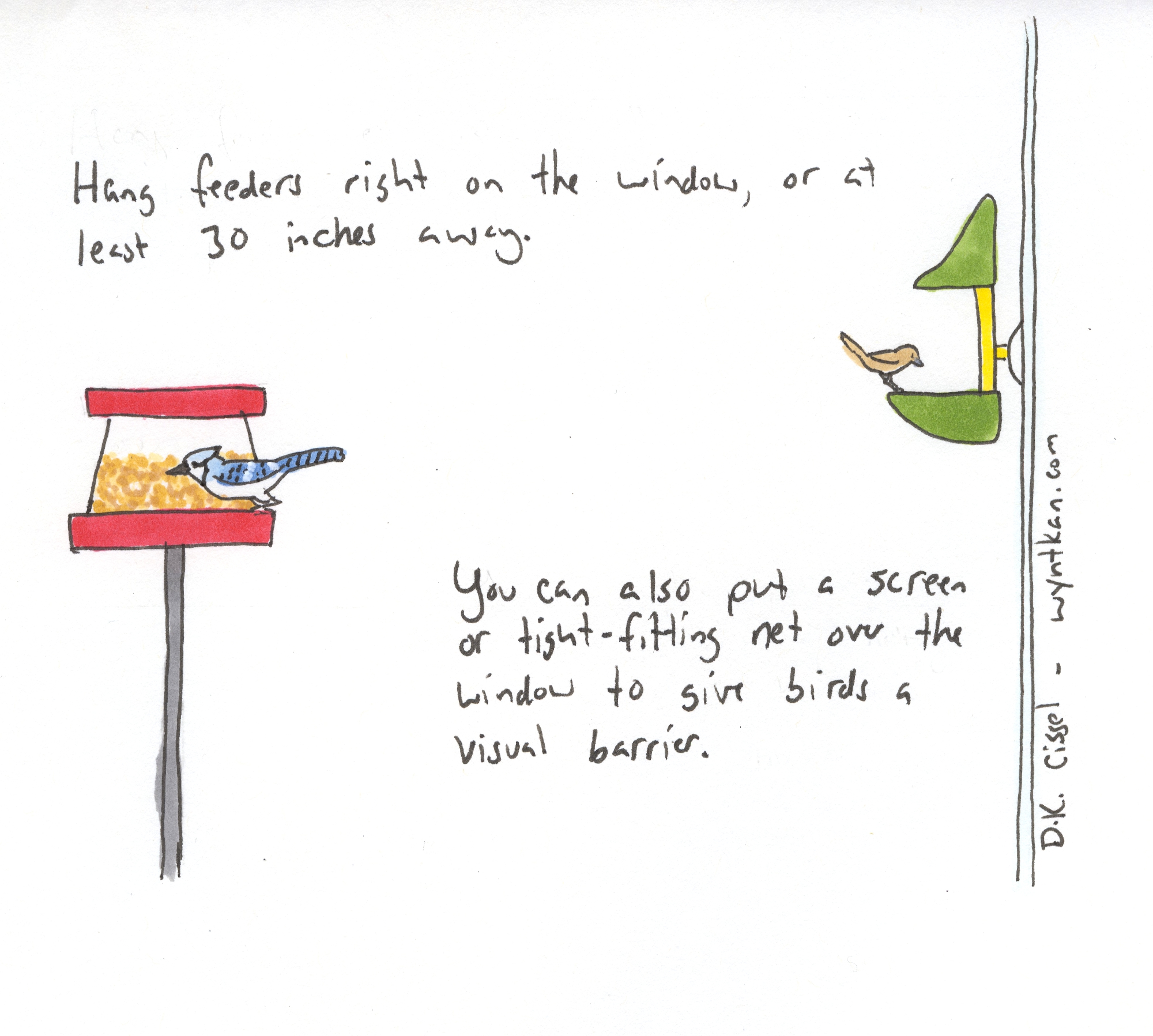
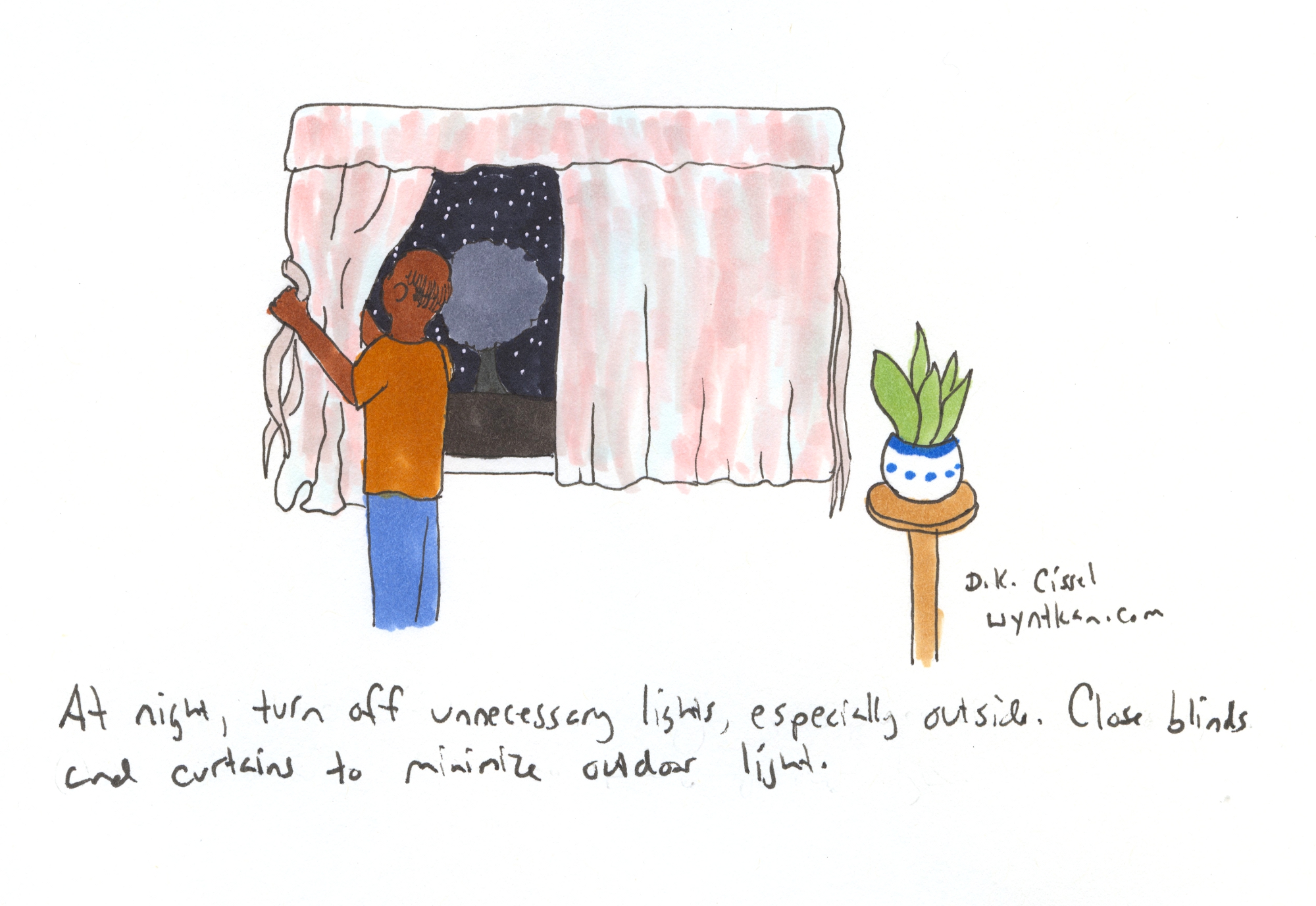
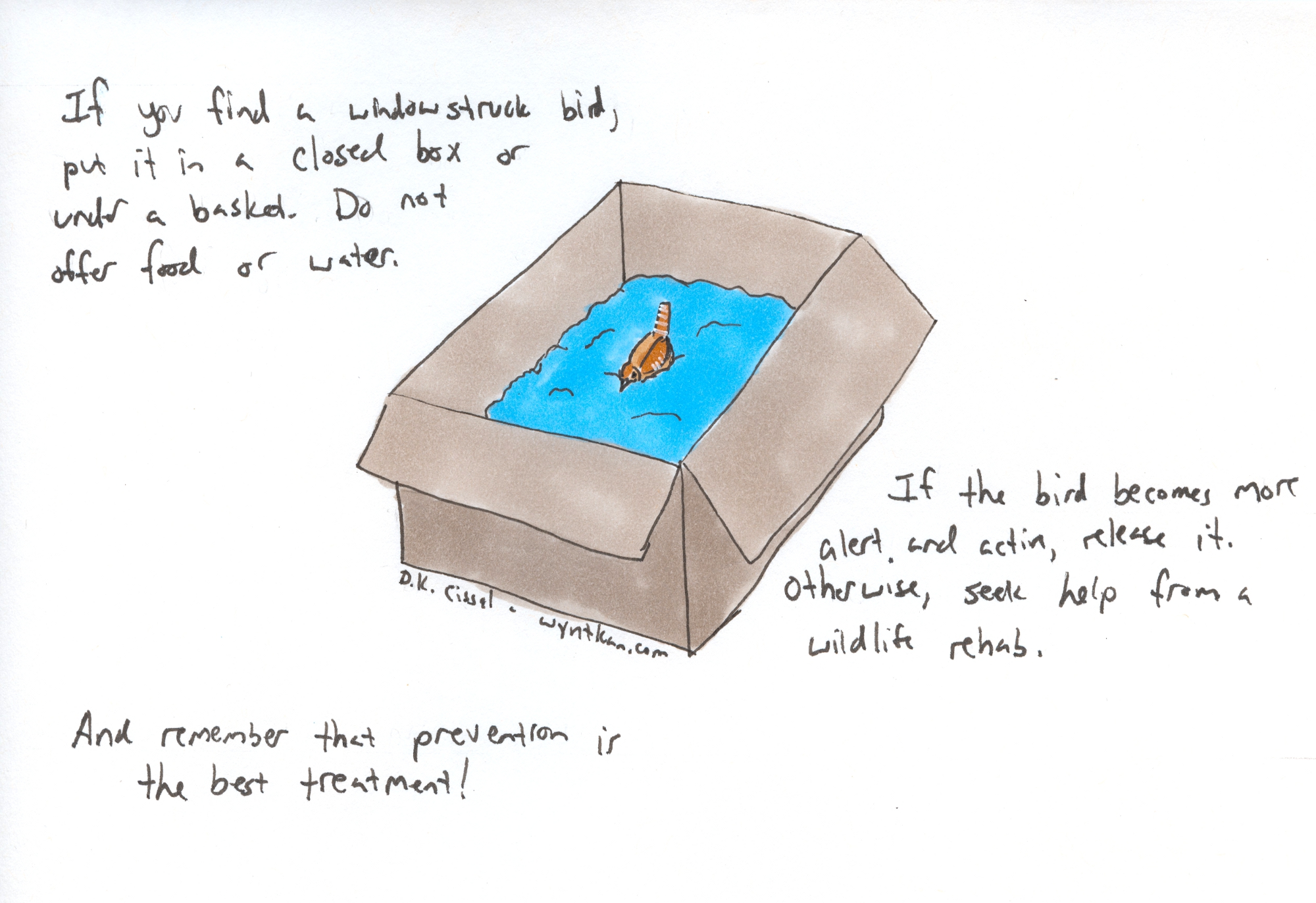
Window strikes may not be as big a problem as habitat loss, but what pushes a lot of species to the brink of extinction is assaults from all sides. Birds are dealing with habitat loss, cat predation, competition with invasive species, pesticides, lead poisoning, poaching, and window strikes, among many other pressures. Any one of them would be enough to be a big problem, but all of them together? It’s a receipt for the loss of entire species.
Thankfully window strikes are one of the (relatively) easier ones to fix. And these small actions can make a huge difference to migrating birds, as well as those that hang around during the day. Every bird that survives is another that can potentially contribute to the next generation of that species; every bird lost prematurely is a permanent loss to the gene pool. Doesn’t it make sense, then, to do whatever we can to help them?
Species portrayed: Cooper’s hawk (Accipiter cooperii), northern cardinal (Cardinalis cardinalis), varied thrush (Ixoreus naevius), blue jay (Cyanocitta cristata), house finch (Haemorhous mexicanus), snake plant (Dracaena trifasciata), human (Homo sapiens), Pacific wren (Troglodytes pacificus)
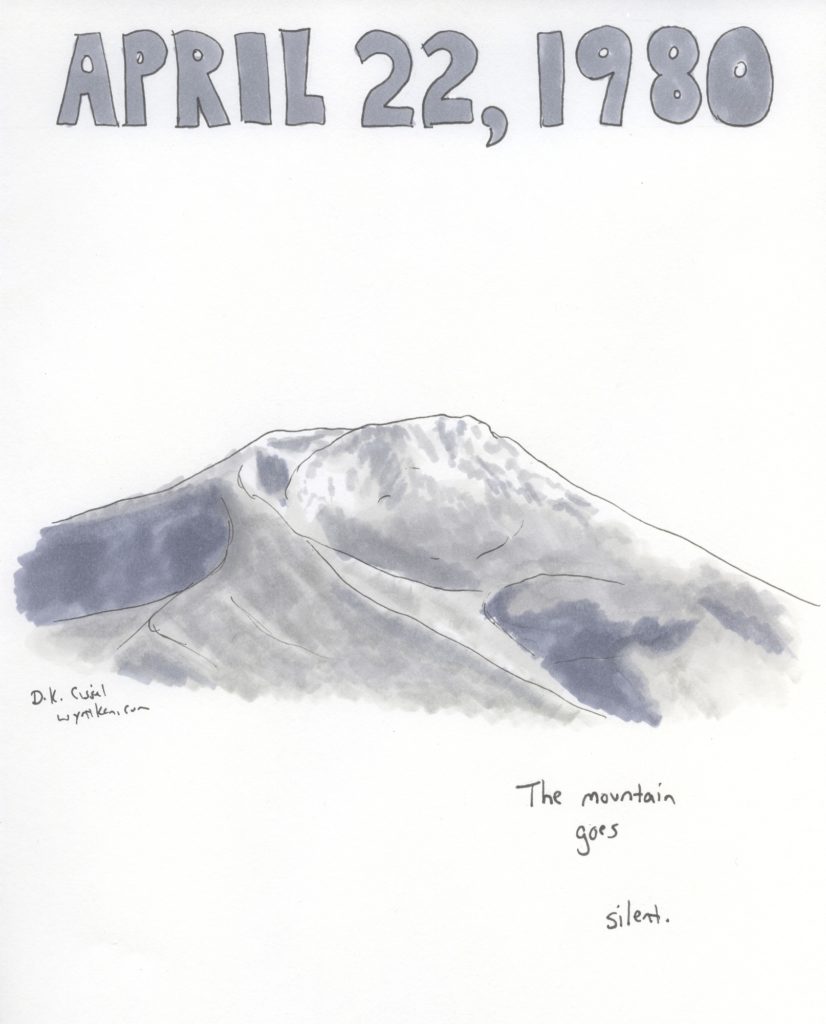
Uh-oh. As they say, “It’s quiet.” “Yeah, TOO quiet.”

I don’t know what the founders of Earth Day would have thought about what happened to their idea fifty years later. Perhaps horrified by how commercialized it’s become and the greenwashing that pops up every year. Maybe glad that at least some people remember what it was supposed to be. I doubt any of them would have expected what’s happening now, with a pandemic forcing so many people to stay inside, giving the rest of nature more room to breathe. The optimist in me hopes that some good will come of this whole situation, that we’ll see that we don’t have to be constantly using more resources than is necessary. I know of several people personally, for example, who would be perfectly happy if they could telecommute permanently; and wouldn’t it be nice if we decided we wanted to keep the air and water clearer, and so work toward removing our reliance on fossil fuels?
I know it’s a bit of a pipe dream, but it’s a good goal to work toward, even if our results aren’t as complete as we’d like. The perfect is the enemy of the good, after all, and this is no reason to not at least try our best.
Species portrayed: Coyote (Canis latrans), tulip (Tulipa sp.)

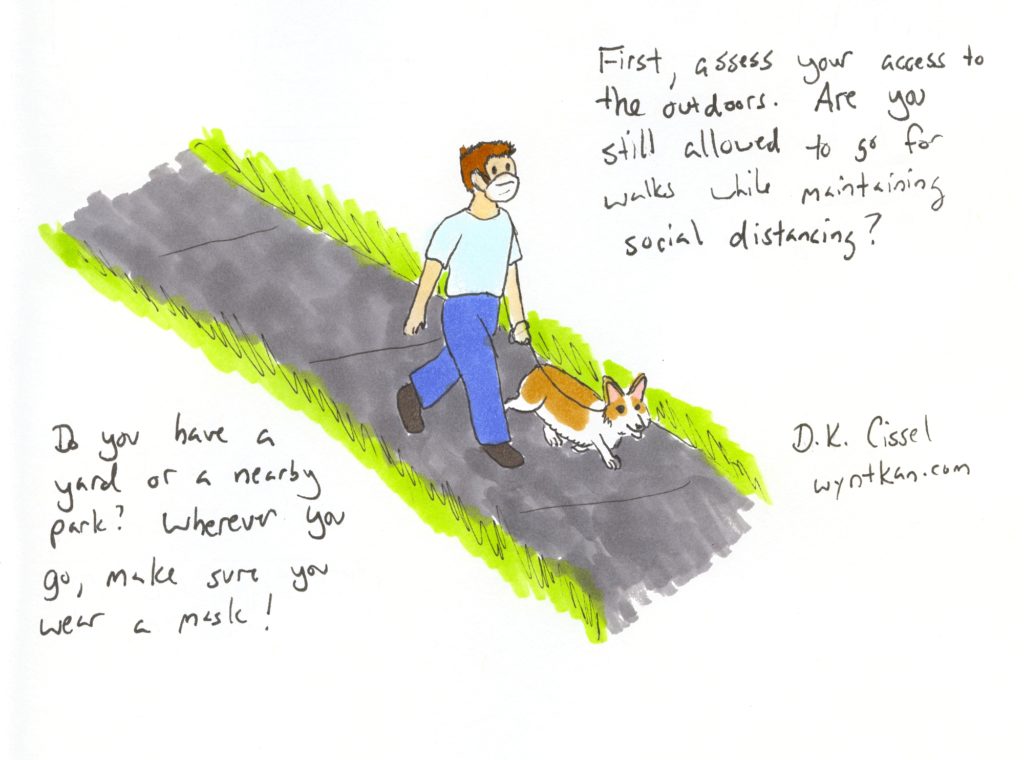
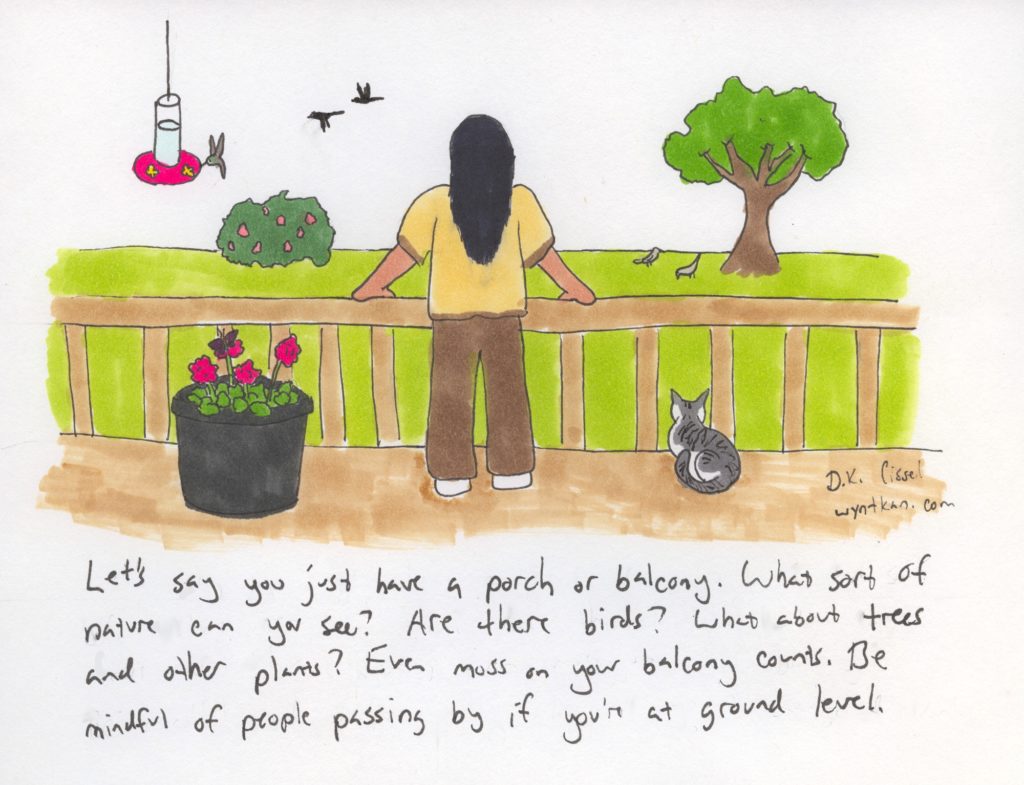
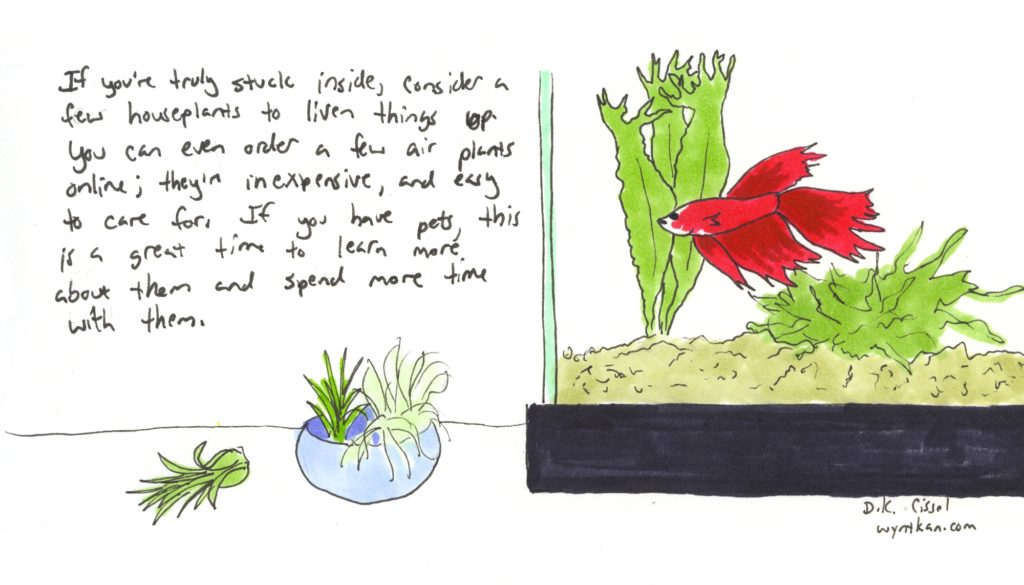




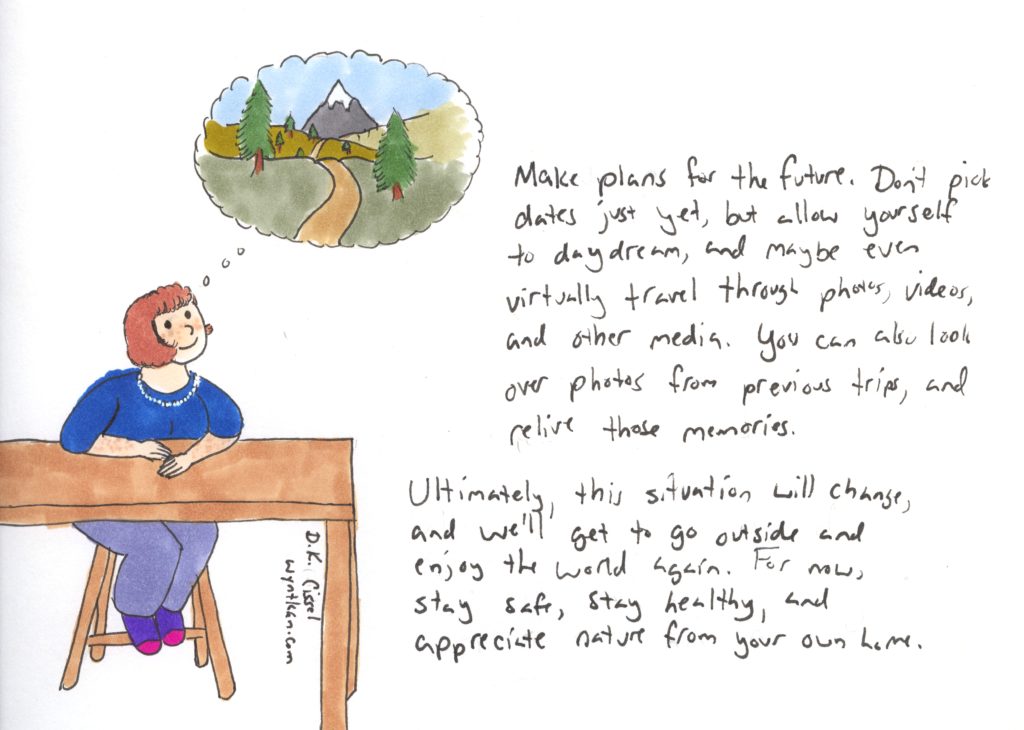
I know it’s not the same as being outside, especially as the weather’s getting nicer, but you can still get your nature fix even if you can’t leave home! These are just some suggestions to get you started; I bet you can come up with others.
Species portrayed: Human (Homo sapiens), domestic dog (Canis lupus familiaris), domestic cat (Felis catus), American robin (Turdus migratorius), cottontail rabbit (Sylvilagus sp.), varied croton (Codiaeum variegatum), Anna’s hummingbird (Calypte anna), geranium (Pelargonium sp.), Pacific rhododendron (Rhododendron macrophyllum), Garry oak (Quercus garryana), air plants (Tillandsia spp.), betta (Betta splendens), lace Java fern (Microsorum pteropus “Windelov”), Java moss (Vesicularia dubyana), pothos (Epipremnum aureum), snow leopard (Panthera uncia)
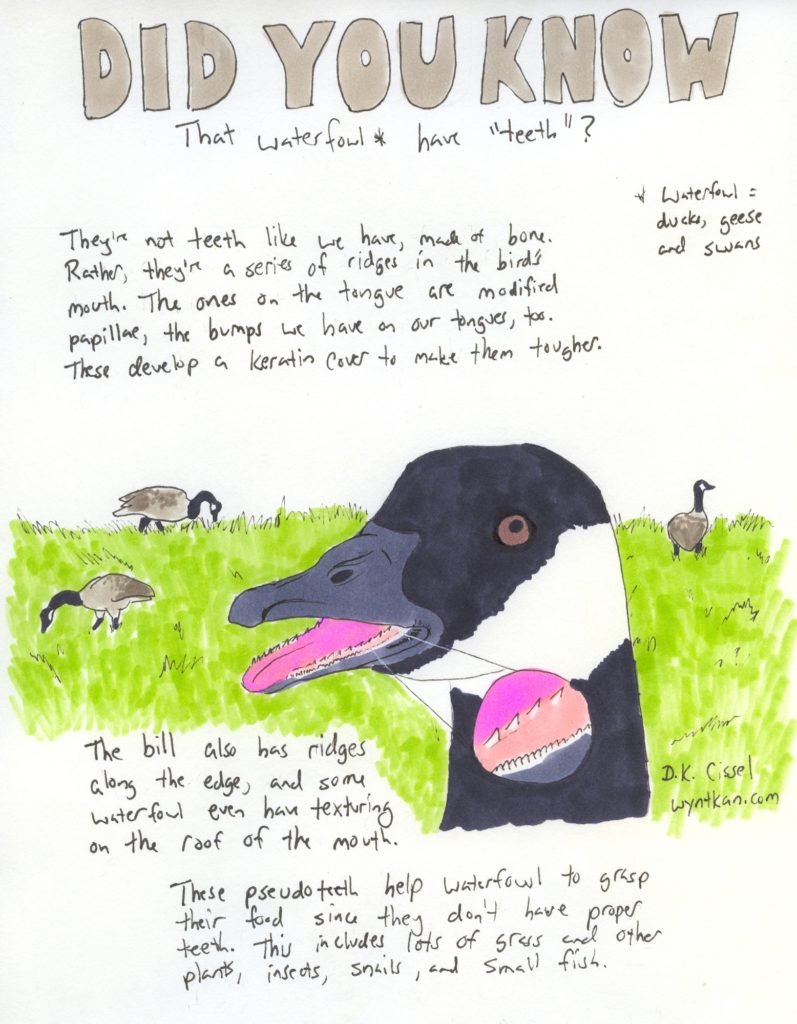
Honestly, geese aren’t all that scary. You just avoid their nests and young during spring and summer, and give them a respectful distance otherwise. The problem is when they have a very well-hidden nest and someone stumbles upon it, and then feathered hell breaks loose.
Also, it took me forever to get the head shape on this Canada goose right. I’m not the only artist who has to redraw lines multiple times, right? Right?
Species portrayed: Canada goose (Branta canadensis)